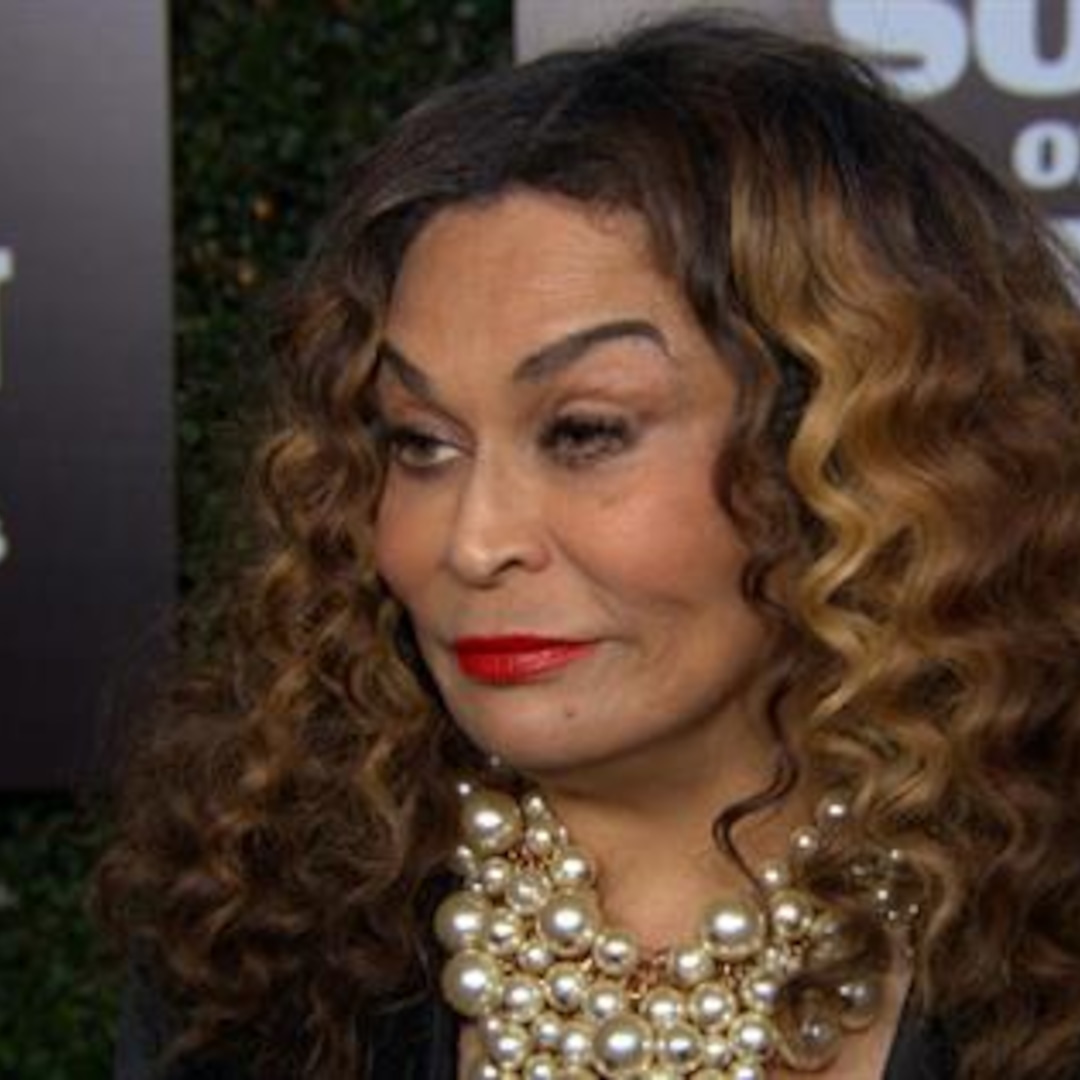Phocis Pole
2017 - Painting (Painting)
82.2 x 133 x 3.2 cm
Rebecca Quaytman
R. H. Quaytman’s family on her father’s side is of Jewish heritage from Poland. In the summer of 2016, Quaytman traveled to Poland to research an upcoming retrospective exhibition taking place in Warsaw and ?ódz, the town from which her great-grandfather emigrated to the United States. Tracing her grandfather’s and great-grandfather’s origins, Phocis Pole is from a series of paintings that explores her paternal lineage. Both men died in 1940 in a car accident in which they were hit by a Long Island Railroad train. During the research trip, Quaytman journeyed to the grounds of the World War II concentration camp in Treblinka and took a series of photographs. The landscape depicted in this painting is based on those photographs. They function as the background to a mystical and intimidating fire that animates memories of this period. The artwork’s name is a reference to the historical region of central Greece named Phocis, which controlled the oracle at Delphi, which was consulted on important decisions throughout the ancient classical world. In this painting, Quaytman attempts to freeze different temporal strata on the same ground in order to blur visual perception, conjuring something ancient about the work. The artist’s investigations of photographic archives are employed as source material for the imagery in her paintings. The archival time spans, the screen-printing, how the work takes its form, the materialization of the object are all superimposed in this work. In her book Spine, Quaytman writes that “My central concern was: What happens when the source of what is depicted disappears and is replaced by a painting.”
In her work, Rebecca Quaytman displays great interest in the dissolution of the image. Expressing the progressive disappearance of representation takes various forms. The artist attempts to freeze different temporal strata on one same ground in order to blur visual perception. Her works are always the result of research that creates links with the historical context of the exhibition space, and take place within her larger body of already existing work which is grouped in chapters. Quaytman’s investigations in the archives, photographic ones in particular, of the institutions who invite her, are generally the source of the images which are then used in her paintings. Screen-printed onto wooden panels, in dimensions that respect the golden rule, covered in gesso, reframed, enlarged, sometimes sprinkled with diamond dust, they have something ancient about them. The near pointillist weft recalls the printing techniques of the 1960s and the large pixels in Kara Walker or Wade Guyton’s work. Though everything is perfectly controlled, our eye hesitates. The archival time spans, the screen-printing, how the work takes its form, the materialization of the object (framing devices) are all superimposed during the ephemeral exhibition, and its aftermath.
Colors:
Other related works, blended automatically
» see more
Related works sharing similar palette
» see more

© » KADIST
Shimabuku
2006For the two-channel work Asking the Repentistas – Peneira & Sonhador – to remix my octopus works Shimabuku asked two Brazilian street singers to compose a ballad about his previous works with octopi (in which he created traditional Japanese ceramic vessels to catch octopi, with a fisherman who took him on his boat to test them out as we can see on one of the channel)...

© » KADIST
Frieda Toranzo Jaeger
2017This triptych is based on a Tesla whose interior the artist customized on the Tesla website...

© » KADIST
Halil Altindere, Carlos Amorales, Alexandre Arrechea, Yael Bartana, Rodrigo Braga, Aslan Gaisumov, Igor Grubic, Jason Hendrik Hansma, Oded Hirsch, Binelde Hyrcan, Angelica Mesiti, Deimantas Narkevicius, Jakrawal Nilthamrong, Jun Nguyen-Hatsushiba, Enrique Ramírez, Chulayarnnon Siriphol, Finger Pointing Worker, Guan Xiao Munchhausen trilemma is a thought experiment used to demonstrate the impossibility of proving any truth...
Other works by: » Rebecca Quaytman
» see more
Related works found in the same semantic group
» see more

© » KADIST
Vivian Suter
Vivian Suter paints her canvases and then allows them to come in contact with natural elements...

© » KADIST
Maria Taniguchi
2015Maria Taniguchi works across several media but is principally known for her long-running series of quasi-abstract paintings featuring a stylized brick wall device...




